With HO – or N as I am – you may often use tracks with standard switch motors. I have some Fleischmann N switches, but they are hidden. On visible parts of my layout, I am using the Peco Finescale track, so I had to find a reliable motorization solution.
There are countless tips and tricks about switch motors online. Thanks to them, I have been able to test 3 options for my layout: economy motors (Conrad.de), slow motion motors (Fulgurex), and servo motor. Here is a quick comparison with my 2 cents…and a short video:
Economy motors
Conrad is a popular electronics store chain in Germany…which happens to be the only place I know in Europe where you can find TVs, tools, and model railroad all together (in most Conrad locations).
They sell big model train brands, and products of their own. The universal switch motor (“Weichenantrieb”) ref 219998 is advertised as a discount option to motorize switches. At 7.95€ (4.95€ if you buy at least 10), it seemed unreasonable to try:
It’s a standard motor built in a plastic enclosure, about 2cm (.8″) high & large, and 8 cm (3″) long. It includes: a safety switch (you can power it continuously, it will shutdown at the end of the course), and a polarity inverter for electric switch frogs.
It is powered by only two cables, with direct current. Changing the polarity is used for left/right position changes. Steel wires with different thickness are included.
My opinion : you get what you paid for… Though it’s a motor, the switching time is less than a few millesconds; in fact, it is basically just as fast as standard electromagnetic motors. This results in a very loud “click” (see in the video), that I find very disturbing.
Fulgurex
Fulgurex is a Swiss manufacturer. These motors had been mentioned several times on French online forums, so I decided to give them a try.
It is also a standard motor, but with a worm gear. It is powered as the Conrad motor: 2 cables, direct current, polarity inversion switches either sides. It is delivered with a steel wire and tube.The result is a very smooth switching operation, close to reality.
This motor has two caveats however. Firstly, the motor plate is quite big (about 4x8cm, 1.8″x3″). Secondly, the motor is very loud. I tried everything to isolate the sound as much as possible…but it didn’t really help.
(Mini) servo
Until a month ago, I considered servo motors as mysterious thing; something for airplane or car models. Since I knew they required specific DCC decoders, I had avoided them.
In a word: what a mistake!
I finally followed online advice to use servos as switch motors. Conrad (again) sells mini servos that are perfect for switches: small and silent. I went for the cheapest ones, the Modelcraft ES-05 (art. 230500). It costs 5.95€…and even 3.95€ if you buy at least 6. That’s even cheaper than the “model railroad” Conrad motor tested above:
The servos are really small (about 1x2x2cm, or 0.4″x0.8″x0.8″). They are delivered with 3 types of gears.
Unlike the 2 solutions above though, they are not train-specific: you need to buy a semi-solid steel wire separately…a few extra cents per switch.
Also, they don’t include a polarity switch to connect your electric frogs. If you have switches without an integrated frog polarity inverter (as the Peco I am using), you will need a DCC servo decoder that also provides relays for that.
I thought servos where complicated, but they really aren’t. It’s just basically a small “intelligent” motor to which the DCC decoder can speak: stop here, start here and move at this speed.
I used the ESU Switch Pilot servo DCC decoder (to be reviewed later), and I was up and running in 5 minutes.
The result: smooth operation, and so silent the noise will be covered by running trains.
Conclusion
If you know a better solution, please don’t hesitate to share!
For my part, I will now use servos for my switches. They are cheap, silent, slow…and not harder to install than any “non standard” switch motor. I have started retrofitting all my switches with servos, and the only drawback is obvious: you need specific DCC servo decoders.
| Criteria | Conrad motor | Fulgurex motor | Mini-Servo |
|---|---|---|---|
| Price per switch, excl. DCC decoder (Germany 2012-11) | 7.95 € | 15,95 € | 5.95€ |
| Switch speed | Too fast | Slow (fixed) | Slow (customizable) |
| Noise factor | Loud (click sound) | Loud motor sound | Very silent |
| Electrofrog polarity inverter | YES | YES | NO |
External links
All links here are for the Conrad.com website, EU delivery only. Same article numbers can be used on Conrad.de (in German, Germany delivery only), or on voelkner.de (in German, EU delivery possible with more flexible payment methods that Conrad.com). If you live outside the EU or prefer to buy local, similar products are for sure available in your region.
- Fulgurex turnout- and Signal motor Size Universal (ref 211987)
- Point mechanism Size Universal with pol. inverter (ref 219998)
- Modelcraft Mini servo (ref 230500)
- Steel wires 0.8mm (ref 238102)
- Steel tubes (ref 298000)
The steel tubes are optional depending on how you want to transmit the movement to your switches.
Reminder: I am a hobbyist and these articles only represent my personal views. I am not receiving any compensation, in any form, from the brands or stores mentioned here. The product names, marketing names, and brands mentioned here are the property of their respective owners.

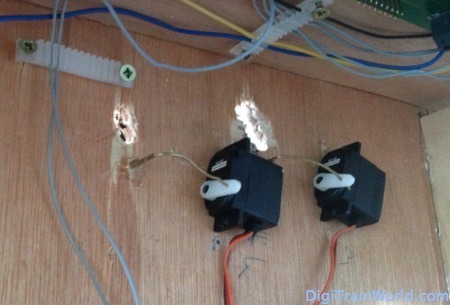



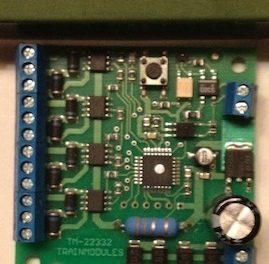
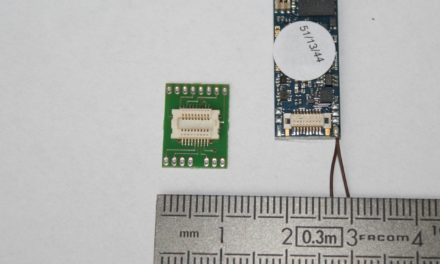
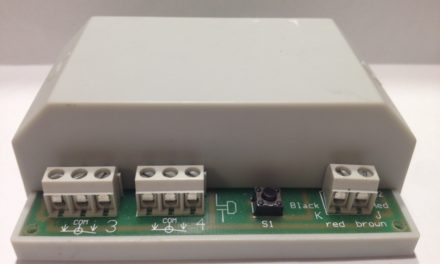
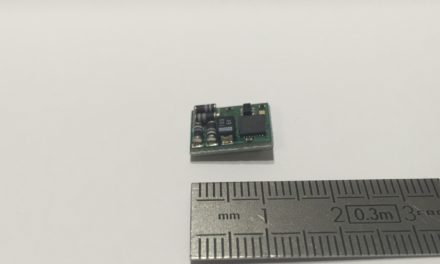
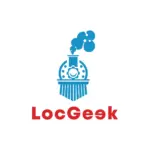

Good comparison! Have you tried Cobalt motors? Its DCC version has the decoder included, too low noise, slow speed… but they’re too big, I think.
Thanks José, I just had a look at the Cobalts motors. They look pretty bulky indeed, but I do like the fact that they are ready to attach under the layout.
It’s always interesting to get suggestions like that. Many brands or products are very country-specific, or hard to find in some places, so don’t hesitate to provide other insights in the future!
I think, miniservo is the right choice. There is an other called “microservo” on market available. It’s so small, that can be used on layout surface. It can be installed just beside the turnout. The name of the pruducer is Weichen-Walter and the microservo can be found on onlineshop webside.
It would be good to know about frog polarity switchers. And especially DIY options since they are not so expensive as conventional ones